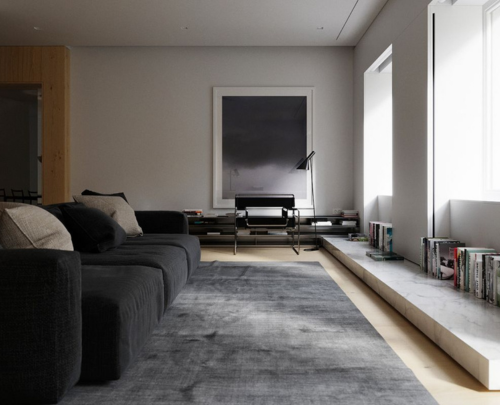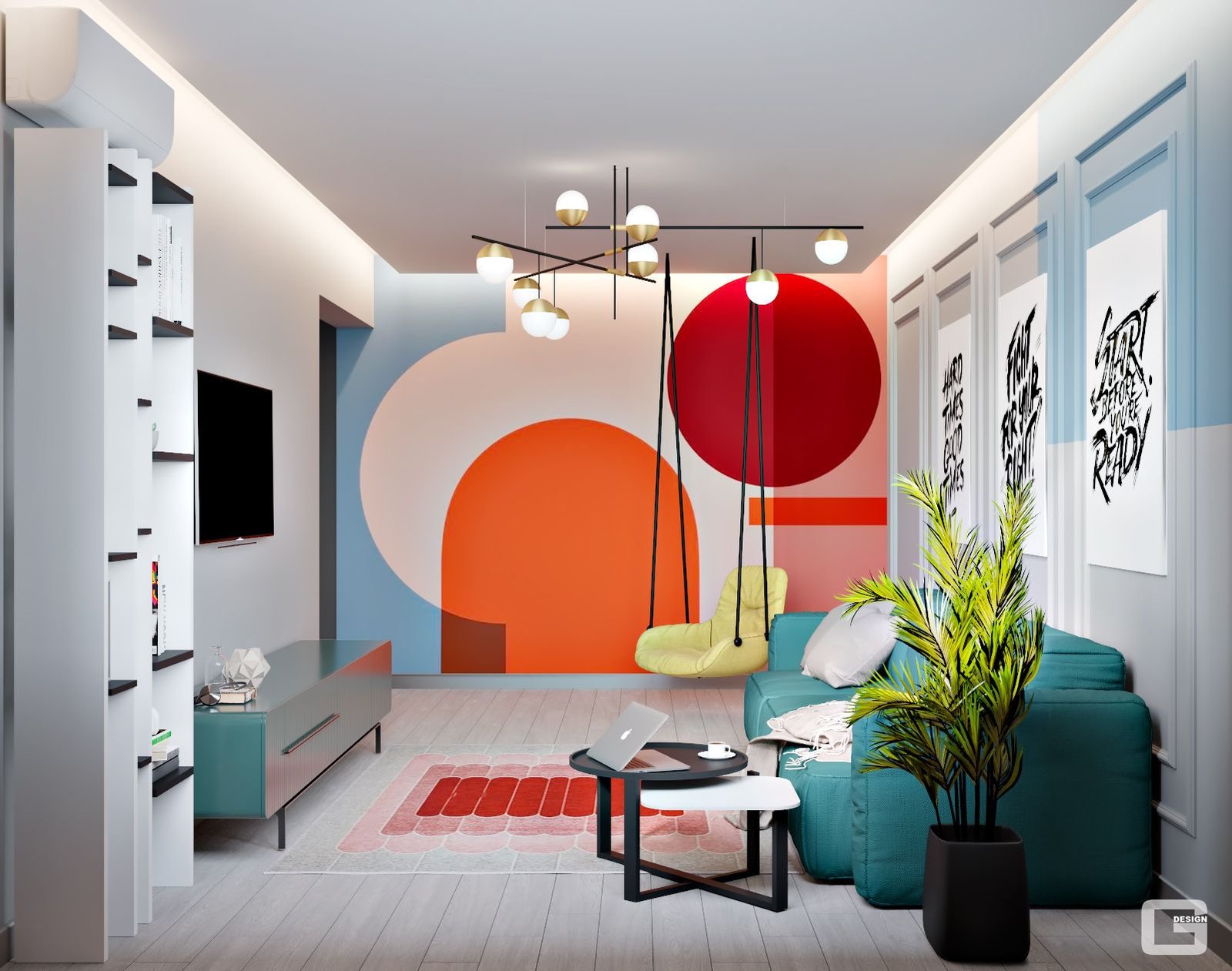Decorating your living space is an exciting endeavour that allows you to express your personal style and create a home that reflects your personality. However, certain decorating mistakes can hinder the overall aesthetic and functionality of your space. In this listicle, we will explore ten common decorating mistakes that you should avoid, helping you create a harmonious and stylish environment that you’ll love coming home to.
Ignoring Proper Scale and Proportion:

One of the most common mistakes is selecting furniture and decor items that are either too large or too small for the room. It’s crucial to consider the scale and proportion of your space when choosing furniture, ensuring it fits harmoniously within the room’s dimensions. Oversized furniture can make a room feel cramped, while undersized pieces can create a sense of emptiness.
Lack of Cohesion and Theme:

A cohesive design scheme is vital for creating a harmonious space. Mixing too many different styles, colours, and patterns can result in visual chaos. Instead, choose a unifying theme or colour palette and stick to it throughout the room. This will create a sense of unity and balance, giving your space a well-curated look.
Poor Lighting Choices:

Lighting sets the mood and ambience of a room, but it’s often overlooked. Relying solely on harsh overhead lighting can create an uninviting atmosphere. Incorporate a mix of lighting sources, such as ambient, task, and accent lighting, to create layers of light that can be adjusted based on your needs. Consider table lamps, floor lamps, and wall sconces to add warmth and depth to your space.
Overlooking the Importance of a Rug:

A well-chosen rug can anchor a room and tie all the elements together. It helps define the seating area and adds warmth and texture to your floors. One common mistake is selecting a rug that is too small for the space, resulting in an imbalance. Ensure your rug is large enough to accommodate all the furniture in the seating area, creating a cohesive and visually pleasing arrangement.
Cluttered Surfaces and Lack of Organization:

A cluttered and disorganized space not only looks messy but also hinders functionality. Avoid overcrowding surfaces with too many accessories and knick-knacks. Instead, embrace a minimalist approach, focusing on a few carefully selected items. Introduce storage solutions like baskets, shelves, or hidden compartments to keep your space organized and clutter-free.
Neglecting the Power of Wall Art:

Bare walls can make a room feel incomplete and sterile. Artwork adds personality, colour, and visual interest to your space. Avoid the mistake of hanging art too high or choosing pieces that are too small for the wall. Hang artwork at eye level, ensuring it is proportionate to the wall and furniture it is displayed above. Use larger pieces as focal points and consider creating gallery walls for added impact.
Disregarding the Importance of Negative Space:

Negative space, also known as breathing room, is essential for creating balance and allowing the eye to rest. Filling every nook and cranny with furniture and accessories can make a space feel cluttered and overwhelming. Embrace the beauty of negative space by leaving areas of the room empty or sparsely decorated. This will create a sense of openness and serenity. (link negative space piece)
Lack of Personalization:

Your home should be a reflection of your personality and interests. A common mistake is following trends too closely without incorporating your own style. Don’t be afraid to add personal touches like family photographs, treasured mementoes, or artwork created by loved ones. These elements will make your space feel unique and inviting.
Improper Window Treatments:

Window treatments play a crucial role in controlling light, providing privacy, and adding a finishing touch to your space. Avoid the mistake of using ill-fitting or inappropriate window coverings. Curtains or blinds that are too short or don’t properly cover the window can look awkward and unfinished. Choose treatments that complement your decor style and consider the practical needs of each room.
Neglecting Functionality:

While aesthetics are important, functionality should not be overlooked. Consider the purpose and needs of each room when selecting furniture and decor. Ensure that the layout allows for easy movement and that furniture serves its intended purpose.
By avoiding these common decorating mistakes, you can create a harmonious and stylish living space that reflects your personal style and enhances your everyday life. Remember to consider scale and proportion, maintain cohesion and theme, prioritize proper lighting, and utilize rugs, wall art, and negative space effectively. Personalize your space, pay attention to window treatments, and always prioritize functionality. With these tips in mind, you’ll be on your way to creating a home that is both visually appealing and functional, providing a sanctuary where you can relax and truly feel at ease.


